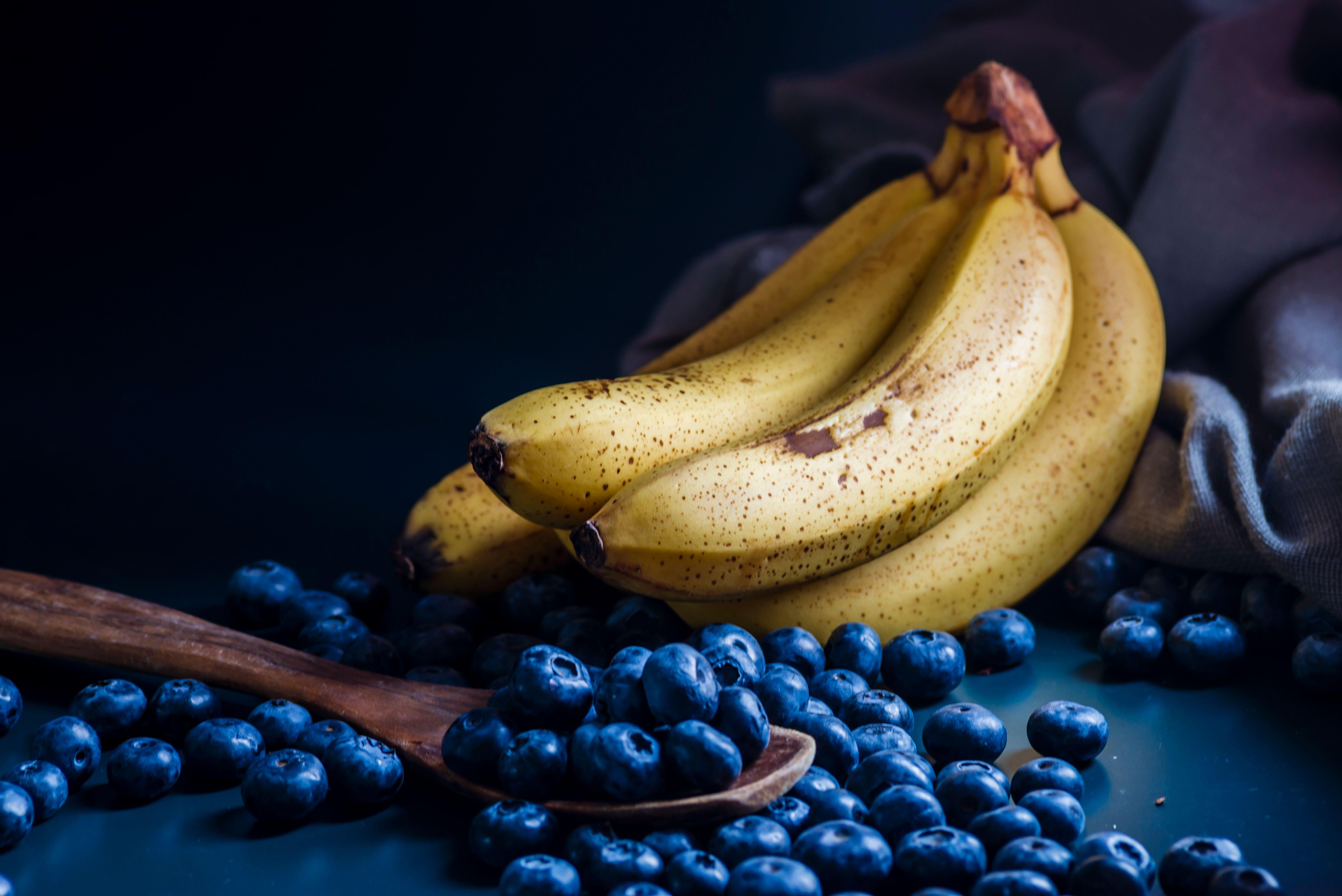This website uses cookies so that we can provide you with the best user experience possible. Cookie information is stored in your browser and performs functions such as recognising you when you return to our website and helping our team to understand which sections of the website you find most interesting and useful.
Controlling dietary potassium by eating more bananas could be key to lowering blood pressure rather than just reducing sodium intake, a new study suggests.
Nearly a third of all adults across the world are affected by high blood pressure and its complications such as heart disease and stroke as well as afflictions like chronic kidney disease and dementia.
Currently, doctors recommend that patients with high blood pressurereduce salt intake to control the body’s sodium levels.
The new study, published in the American Journal of Physiology-Renal Physiology, however, recommends that such patients include bananas in their diet in addition to cutting salt to regulate their blood pressure more efficiently.
"Usually, when we have high blood pressure, we are advised to eat less salt," Anita Layton, one of the study’s authors from the University of Waterloo, points out. “Our research suggests that adding more potassium-rich foods to your diet such as bananas or broccoli might have a greater positive impact on your blood pressure than just cutting sodium.”
Sodium and potassium are electrolytes that help the body send electrical signals to contract muscles. They also play a part in other essential functions like water retention.
The latest study says that increasing the ratio of potassium to sodium intake could be more effective for lowering blood pressure than reducing sodium intake alone.

While previous research showed that increasing dietary potassium helped control blood pressure, the exact balance of potassium and sodium to be maintained for optimum effect remained unclear.
“Although the relationship between excessive dietary sodium intake and elevated blood pressure is well-accepted among the public, the beneficial effects of higher dietary potassium intake have historically received less attention,” the researchers say.
The new study uses a sex-specific mathematical model to assess how the potassium to sodium ratio impacts the body, simulating different whole-body levels of sodium and potassium ions and their effects on blood pressure.
It shows, for instance, that men develop high blood pressure more easily than premenopausal women. Men are, however, also more likely to respond positively to an increased ratio of potassium to sodium.
The new modelling method could help conduct experiments to quickly and ethically identify how various factors affect the body, the researchers say.
“Early humans ate lots of fruits and vegetables, and as a result, our body's regulatory systems may have evolved to work best with a high potassium, low sodium diet," says Melissa Stadt, another author of the study.
“Today, western diets tend to be much higher in sodium and lower in potassium. That may explain why high blood pressure is found mainly in industrialized societies, not in isolated societies,” Ms Stadt, a PhD candidate at the University of Waterloo, adds.



 Africana55 Radio
Africana55 Radio 
